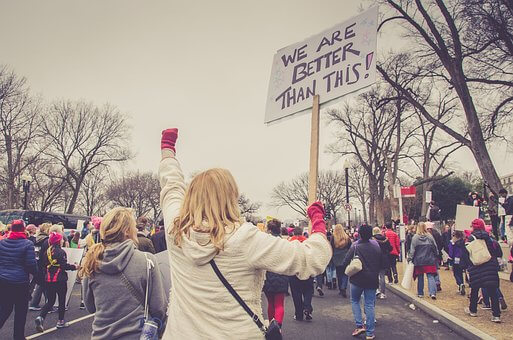Key Points
- The authors’ theory posits that partisan conflict can be largely attributed to divergent views on society’s two crucial tasks: amassing resources (conservative focus) and distributing resources (liberal focus).
- Baumeister and Bushman propose that the best solution to mitigate this growing hostility is the alternation or sharing of power between political parties.
- The authors note the increasing importance of incentives in modern economies and the resultant wealth disparity, which fuels the divide between political factions.
In the bustling world of partisan politics, two social scientists propose that the primary conflict lies within the bifocal view of society’s principal tasks: gathering and spreading resources. Published yesterday (May 8, 2023) in the distinguished journal Psychological Inquiry, Roy Baumeister and Brad Bushman elucidate their theory, casting the conservatives as resource gatherers and liberals as the distributors.
Baumeister, a psychology professor at the University of Queensland, and Bushman, a professor of communication at The Ohio State University, lay bare the increasing tendency of both sides to disregard the importance of the other’s role. “Both tasks are absolutely essential for society,” professes Bushman, adding, “the two tasks have become increasingly at odds in American society, leading to mutual hostility and disrespect between liberals and conservatives.”
The proposed antidote, albeit unpalatable to both factions, is the sharing or alternating of power. Baumeister elucidates, “We have the unpopular view that a modern society will be best served if political parties share or alternate power. The sooner we recognize this, the better off we will be.”
Drawing from Baumeister’s 2005 book, ‘The Cultural Animal: Human Nature, Meaning, and Social Life’, the theory builds upon the idea that human evolution favoured traits enabling societies to gather more resources through group hunting, sharing information, and tool development. However, for societies to truly flourish, these resources must be widely distributed.
The dichotomy between the political right and left in this resource tug-of-war is mirrored in the demographic supporting each party. Resource producers such as farmers, ranchers, and business people predominantly support the right-leaning Republican Party. Conversely, the Democratic Party, leaning left, is favoured by those more concerned with the redistribution of resources, including individuals from the labour movement.
Bushman emphasises the importance of both these practices in the success of human societies, stating, “We wouldn’t be where we are today if we hadn’t found ways to both amass resources and distribute them widely.”
It is crucial to note that this theory does not encompass all the intricacies of partisan conflict. Some contentious issues, such as the death penalty, abortion rights, and same-sex marriage, do not directly pertain to resources. However, the authors propose that their formulation offers significant explanatory power.
The escalating partisan hostility, despite the age-old conflict between resource gathering and distribution, may be attributed to the increased use of incentives in modern economies. Baumeister explains that these incentives create a wealth disparity, which is supported by the right for its resource creation but opposed by the left for its resultant inequality. Further exacerbating the issue, the amassed resources are passed down through generations, widening the privilege gap.
The authors suggest that a potential solution could lie in alternating or sharing power between the right and left political parties, citing the failures of long-term one-party rule in countries such as Zaire, Cuba, North Korea, the Soviet Union, and Venezuela.
In conclusion, Baumeister and Bushman advocate for an end to political hostility, encouraging mutual respect and recognition of the importance of both resource amassing and distribution. They argue that it is crucial for society to not view political opponents as mortal enemies, but instead acknowledge the value they bring. Bushman concludes, “We need more mutual respect and less hating and demonizing of the opposite side.”
Frequently Asked Questions (FAQ)
What is the crux of the new theory on partisan conflict by Baumeister and Bushman?
The theory suggests that partisan conflict largely stems from differing perspectives on the dual tasks of society: amassing resources (conservative focus) and distributing resources (liberal focus).
What solution do the authors propose to mitigate the increasing hostility between liberals and conservatives?
Baumeister and Bushman suggest that sharing or alternating political power could help alleviate the growing animosity. They believe this would allow for a more balanced approach to both resource accumulation and distribution.
How does the theory account for contentious political issues that are not directly linked to resources?
While the authors acknowledge that their theory does not encompass all aspects of partisan conflict, they assert that their resource-focused explanation offers significant explanatory power for a majority of the conflicts.
Why is there an increasing partisan hostility, according to the authors?
The authors posit that the escalation in partisan hostility may be due to the increased use of incentives in modern economies. These incentives, while effective in amassing resources, inevitably lead to wealth disparity, a point of contention between the right (which supports incentives for their resource creation) and the left (which opposes the resultant inequality).


